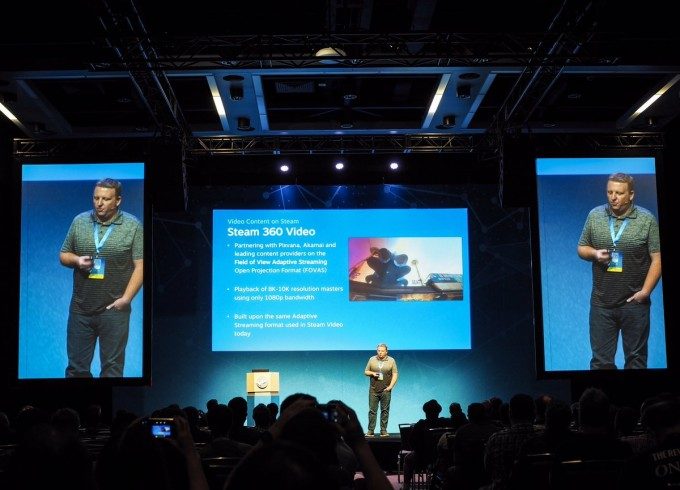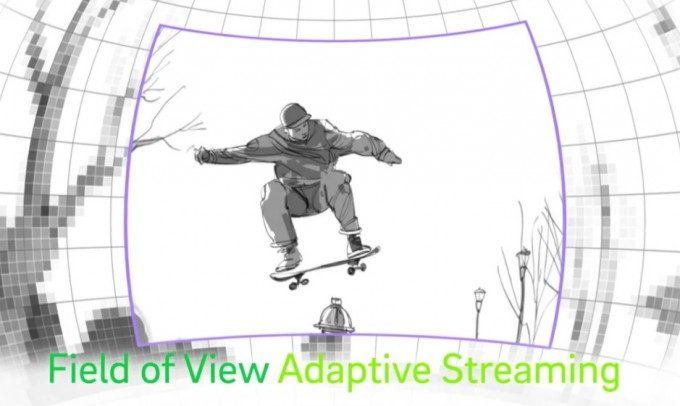360 video is coming to Steam and it looks as if Valve are aiming high in terms of the quality they’re aiming to deliver to consumer VR headsets.
There’s an op-ed piece I’ve been meaning to write for some time around the current technical state of play with regards to 360 video. Leaving aside the contentious (and ultimately pointless) debate over whether immersive video content counts as ‘real’ virtual reality – despite all of the format’s technical limitations, I think it has significant potential.
However, after years of writing about so-called groundbreaking 360 camera rigs and the rise of numerous so-called groundbreaking VR video startups, there is still not a single way to consume 360 video on your VR headset at the level of quality which I think would allow that potential to blossom. Not to put too fine a point on it, 360 video quality sucks right now and it’s time for the companies who have planted their flag on this particular patch of VR frontier land to step up and deliver on the promise.
Enter Valve, stage left.
At last week’s Steam Dev Days event, Valve revealed that it was to bring its own solution for the delivery of immersive video content to its content portal Steam. It’s partnering with video streaming specialists Pixvana and Akamai to deliver an adaptive 360 video streaming system that’s capable of delivering what it claims to be 8k-10k resolution video quality via the same bandwidth as a 1080p stream.
“But that’s impossible!” you may be exclaiming, and you’d be right. Pixvana’s technology uses adaptive bitrates for video delivery, depending on the user’s direction of gaze. In other words, it drops the quality of the video stream for the angles you’re not currently looking at. Turn your head to look at a segment and the bitrate is upped to deliver a much higher quality image. This is how the technology achieves the “10k over 1080p bandwidth” claim – and it’s an interesting approach, one which Facebook and others are exploring too.
The system is called FOVAS, short for Field of View Adaptive Streaming, and was developed by Pixvana and is encapsulated in its Open Projection Format, a way to facilitate the above adaptive streaming techniques using existing video compression standards (i.e. AVC / H.264).
You can already get a taste for what Valve’s 360 video service will look like too as Pixvana released a technology preview app onto Steam a couple of weeks ago. I took a look myself to see how the quality claims held up. I was pleasantly surprised by what I saw. Indeed, the looping video clips demonstrated very good detail and a refreshing lack of compression artefacts. Once you turn your head to look at another angle, the compressed video outside of your previous viewport was then clearly pixelated and poor in quality before the system upped the bitrate and resolution again with the image becoming pleasingly detailed again. The transition is sudden however and a little jarring, but once it had transitioned there was no doubting it’s one of the best quality streaming VR video I’ve yet seen. One (fairly major caveat) to the above I will add though – everything demonstrated in Pixvana’s app is monoscopic, which means significantly less immersion and significantly less pixels needed to produce pleasing image.
It’s early days for the application of course, but if Valve’s implementation of the technology can smooth out and quicken those transitions, we may finally see the viable delivery mechanism for high quality VR videos I’ve been searching for. As to when Valve’s 360 streaming will come online, it’s not yet clear. As no press was allowed at the Steam Dev Days event we were unable to glean any more details. We’ll of course update you of we learn anything further.












